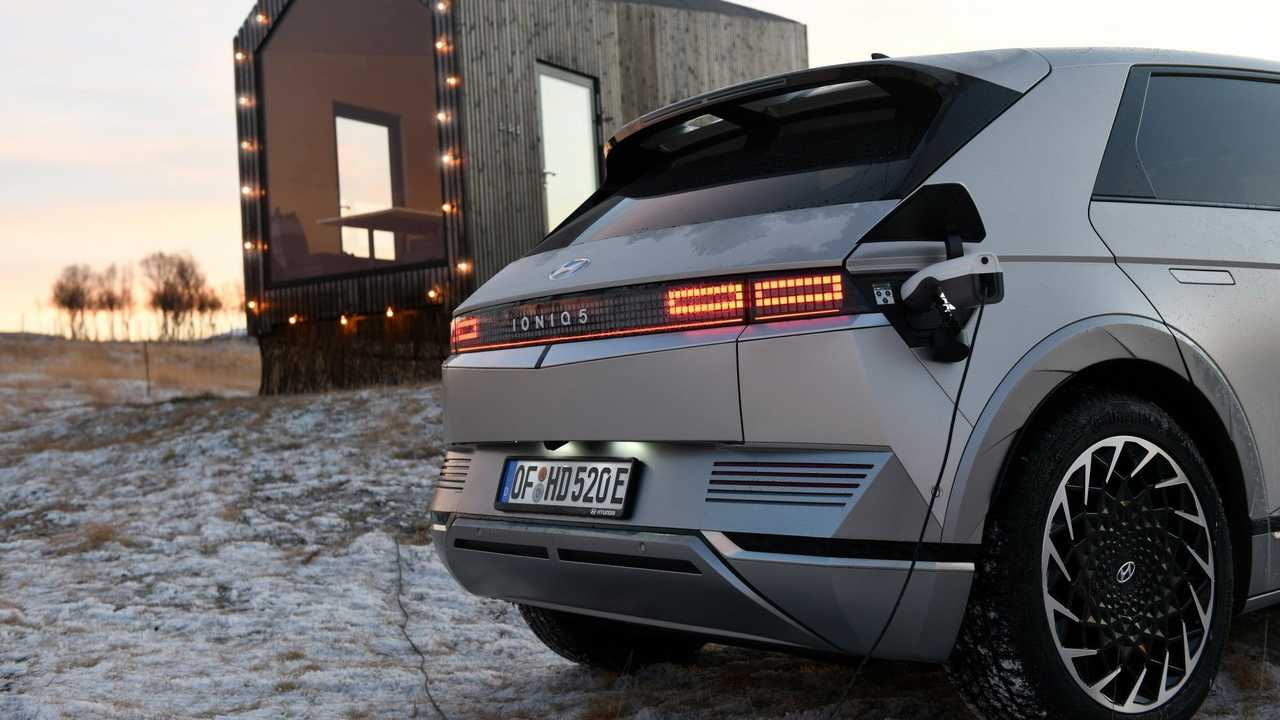
- Nearly all new cars in Norway are electric now, so a plan to phase out subsidies is underway. There’s now a proposal to phase out a tax exemption for EVs by 2027.
- The plan is to lower the threshold for eligibility in 2026 before completely removing this benefit the following year.
- Norway’s finance minister argues the country’s transition to electric propulsion is pretty much complete and the incentive isn’t needed anymore.
The end of the $7,500 federal tax credit for electric vehicles in the U.S. was definitely premature since the market is not even close to reaching a turning point in the shift to EVs. It was a useful incentive that made a difference. But in Norway, the EV shift has happened almost completely, so the subsidy phaseout will happen because government officials say the country no longer needs it.
Most new cars bought in Norway have been electric for a few years, and that won’t change once the government no longer actively incentivizes people to go electric. New EVs bought in the Nordic nation are exempt from import duties, paying road tax, registration tax and value-added tax (VAT). The latter alone is 25% so it makes for significant savings for the buyer.
This is all money that the Norwegian government could have collected, but instead opted not to in order to help accelerate EV adoption. And accelerate it did, with EV sales outpacing combustion cars for a few years now. The proportion of new cars that are electric grows from month to month and in September it reached 98.3%. These are pure electric vehicles, so they do not include plug-in hybrids.
If you buy a new EV in Norway and it exceeds 500,000 crowns ($49,600), you will pay full VAT for anything above that value. So if a vehicle costs 600,000 crowns ($$59,500), then you have to pay 25% tax on the 100,000 crowns ($9,920) over the limit, so an additional 25,000 crowns ($2,480).
For an electric vehicle costing 500,000 crowns, Norwegian buyers save 125,000 crowns ($12,400) in tax, which makes it one of the best EV incentives available anywhere in the world. This is before factoring in any of the exemptions, which sweeten the deal further.
Now there is a proposal to lower the threshold for the all-important VAT exemption as of next year, where only vehicles costing less than 300,000 crowns ($29,800) would be fully exempt. EV buyers would pay full VAT for anything over. This means most vehicles among the top 10 best-selling models would no longer qualify, so the price the buyer would end up paying would be significantly higher than today.
According to Reuters, Norway wants to proceed toward eliminating incentives because the country has already achieved its EV goal. The country’s finance minister, Jens Stoltenberg, said “We have had a goal that all new passenger cars should be electric by 2025, and… we can say that the goal has been achieved. Therefore, the time is ripe to phase out the benefits.”
The plan is to completely eliminate the VAT exemption by 2027, but the news has been met with resistance from pro-EV groups in Norway, like the Norwegian EV Association. It points to the fact that even though EVs dominate new car sales in the country, 70% of all cars on the road still burn fuel—so it’s hard to say that the shift to EVs has been completed. It’s going to take a long time to replace all of them, if that can even be done.
All these benefits have definitely helped Norway go electric more quickly than without them. The same is true in the U.S., where the federal tax credit resulted in more EV purchases. Now that it’s been phased out, the rate of EV adoption in the U.S. will slow down, although it did see a final spike in September, the last month when people could still claim $7,500 on a new EV or up to $4,000 if they were buying used.
Meanwhile, Germany has announced plans to reintroduce a new EV subsidy program in the form of a purchase incentive of up to €4,000 ($4,675) starting in 2026. The only caveat is that buyers here will be eligible depending on their income.
Germany’s EV incentive is relatively small by European standards, as many countries will subsidize up to €10,000, although usually not more than half of the vehicle’s value and some places like Romania require you to scrap an old car to qualify for the incentive.

